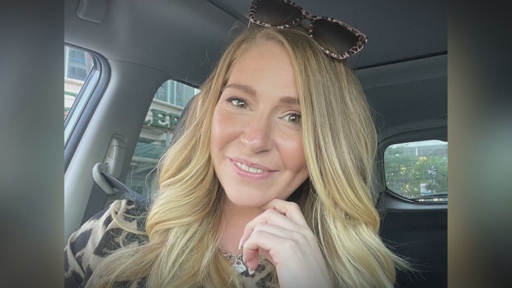I’ve known entirely too many alcoholics that have had too many wake-up and come-to-Jesus moments, only to go back to drinking as soon as the immediate crisis is over. Change only comes when the alcoholic wants to change for their own reasons, not due to external factors.
Livers are a limited resource. Wasting a donor’s liver on a person that
usis unlikely to stop drinking–despite their protestations–means that another person doesn’t get one. It may seem like a cruel calculus, but it’s the only reasonable way to ration a scarce resource. It doesn’t matter if alcoholism is a disease, or you think that it’s a moral failing; the end result is the same.This was my initial opinion until I read the whole article.
“I got my blood tested, I had MRI scans, I had a CT scan, I had ultrasound and blood compatibility test with her. I was a match,” said Allan.
Transplant guidelines in Ontario and much of Canada require patients with ALD to first qualify for a deceased donor liver. If they don’t meet that criteria, they aren’t considered for a living liver transplant, even if one is available.
Her partner was a willing, compatible donor, wanted to give her his liver and was prevented from doing so. So yes, this is a cruel take.
If you keep reading it gives a reason why this is a requirement. Now whether you agree with the doctors or not is up to you but there is at least a reason for this.
But doctors say that people with severe liver disease from alcohol use may need more than just a partial living liver donation to thrive.
“The sicker someone is, the more they benefit from getting an entire liver from a deceased donor, as opposed to part of the liver from a living donor,” said Dr. Saumya Jayakumar, a liver specialist in Edmonton and an Associate Professor in the Faculty of Medicine & Dentistry at the University of Alberta.
“On the off chance their (living) liver doesn’t work, they urgently get listed for a deceased donor,” said Jayakumar. "We need to make sure that everyone who is a candidate for a living donor is also a candidate for a donor graft as well, " she added.
From this, the reasoning appear to be this: there is a high risk that the living liver transplant will not take. In this case the patient may be at risk of dying instantly and thus need another liver transplant. Since the candidate doesn’t not qualify for this other transplant, in the case where the transplant does not take, the patient will die instantly. This is in contrast with the patient being terminally ill however given time to live out the remainder of their life.
This is a bunch of CYA from the hospital that got a woman killed. The article talks about how transfer success rates are up around 80-85%. That’s just for the 6% of people who magically fit through all the “qualifications” the hospital has decided determine whether you get to live. This lady had a doner tested and lined up, but was rejected on the “off chance” (read: low probability) that IF the transplant failed, she would almost certainly die without an immediate whole liver transplant. So the fuck what? Her options were to maybe die from surgery or absolutely 100% die an agonizing slow death from liver failure. The hospital took away her ONLY chance at life. This is murder by committee and I hope the estate sues the entire hospital into the ground.
15% failure rate is not low, it’s a dice roll essentially on par with Russian roulette.
Is a 15% chance of death during the surgery lower than the 100% chance of death if she doesn’t get the surgery?
Yes. Yes it is. It is THE lowest possible chance of death she had among her remaining options.




